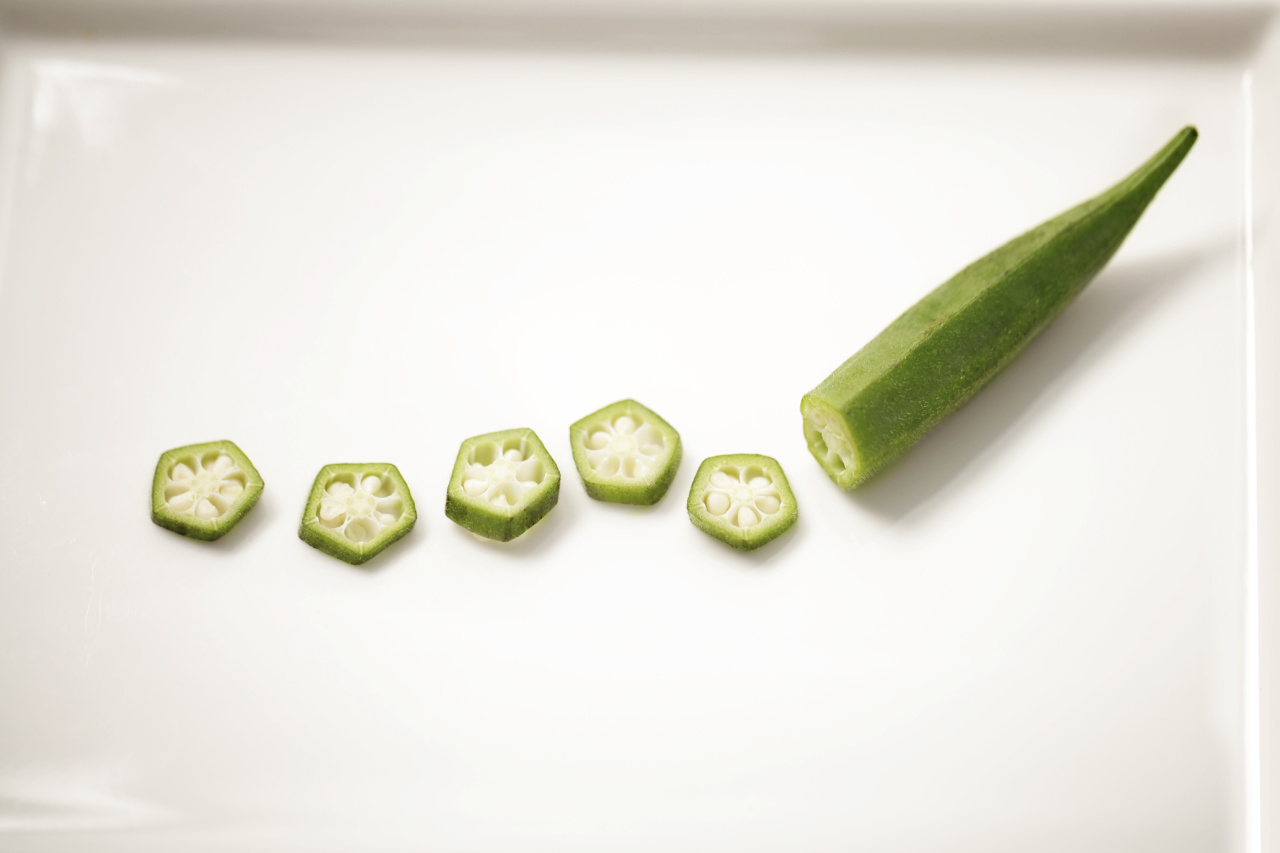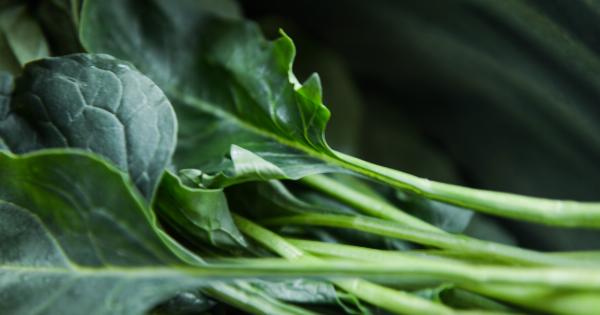Eating vegetables in their raw form is a great way to obtain the maximum amount of nutrients and vitamins. Raw vegetables are naturally low in calories and high in fiber, making them an excellent addition to any diet.
In this article, we will explore the 30 best vegetables to eat raw and provide a comprehensive guide on their nutritional benefits.
Leafy Greens
1. Spinach: Spinach is high in folate, fiber, and vitamin C. It is also a great source of iron, which is essential for blood production.
2. Kale: Kale is a nutritional powerhouse, packed with vitamins A, C, and K, as well as calcium and iron. It is also high in antioxidants, which help protect the body against disease.
3. Arugula: Arugula has a slightly peppery taste and is rich in vitamins A and K. It is also a good source of calcium, iron, and potassium.
4. Romaine Lettuce: Romaine lettuce is loaded with vitamins A and K. It is also a good source of folate, which is essential for cell growth and development.
5. Swiss Chard: Swiss chard is an excellent source of vitamins A and C. It is also high in fiber, potassium, and magnesium.
Root Vegetables
6. Carrots: Carrots are high in beta-carotene, which is converted to vitamin A in the body. They are also a good source of fiber and potassium.
7. Beets: Beets are packed with vitamins A and C, as well as potassium and fiber. They are also high in antioxidants, which help protect the body against disease.
8. Radishes: Radishes are an excellent source of vitamin C. They also contain potassium and fiber, making them a great addition to any diet.
9. Sweet Potatoes: Sweet potatoes are rich in beta-carotene, which is converted to vitamin A in the body. They are also a good source of fiber, potassium, and vitamin C.
10. Turnips: Turnips are an excellent source of vitamin C, fiber, and potassium. They are also low in calories, making them a great addition to any diet.
Cruciferous Vegetables
11. Broccoli: Broccoli is packed with vitamins A, C, and K. It is also a good source of fiber and folate.
12. Cauliflower: Cauliflower is high in vitamins C and K, as well as fiber and potassium. It is also low in calories, making it a great addition to any diet.
13. Brussels Sprouts: Brussels sprouts are loaded with vitamins A, C, and K. They also contain fiber and potassium.
14. Cabbage: Cabbage is rich in vitamins C and K. It is also a good source of fiber and folate, which is essential for cell growth and development.
15. Bok Choy: Bok choy is an excellent source of vitamins A and C. It is also high in calcium and potassium.
Crunchy Vegetables
16. Cucumbers: Cucumbers are a great source of vitamin K and potassium. They are also high in water, making them an excellent addition to any diet.
17. Celery: Celery is low in calories and high in fiber, making it a great snack option. It is also rich in vitamin K and potassium.
18. Bell Peppers: Bell peppers are packed with vitamin C. They also contain fiber and potassium, making them an excellent addition to any diet.
19. Jicama: Jicama is rich in vitamin C, fiber, and potassium. It also has a slightly sweet taste, making it a great addition to salads and stir-fries.
20. Snap Peas: Snap peas are an excellent source of vitamin C and fiber. They also contain potassium and iron.
Other Vegetables
21. Tomatoes: Tomatoes are packed with vitamins A and C. They are also a good source of potassium and contain lycopene, which is a powerful antioxidant.
22. Avocado: Avocado is high in healthy fats, fiber, and potassium. It is also a good source of vitamins C and K.
23. Zucchini: Zucchini is rich in vitamins A and C. It is also a good source of fiber and potassium.
24. Asparagus: Asparagus is an excellent source of vitamins A, C, and K. It is also high in fiber and contains antioxidants, which help protect the body against disease.
25. Mushrooms: Mushrooms are a good source of vitamins B and D. They are also low in calories and contain antioxidants, which help protect the body against disease.
Frequently Asked Questions
1. Are raw vegetables better than cooked vegetables?
Raw vegetables are not better than cooked vegetables. Both raw and cooked vegetables have their own unique set of benefits. Cooking certain vegetables can make it easier for the body to absorb some nutrients and antioxidants.
However, cooking can also destroy certain heat-sensitive nutrients and antioxidants. Eating a variety of both raw and cooked vegetables is the best way to obtain maximum nutrients and vitamins.
2. Can I eat too many raw vegetables?
Consuming too many raw vegetables can cause gas, bloating, and indigestion. It is recommended to consume a variety of vegetables in moderation to avoid any digestive problems.
3. Can I eat raw vegetables every day?
Yes, you can eat raw vegetables every day. In fact, it is recommended to consume at least 5 servings of fruits and vegetables each day.
Eating raw vegetables can help you obtain maximum nutrients and vitamins, while also reducing your risk of chronic diseases like heart disease and cancer.
Conclusion
Raw vegetables are an excellent source of nutrients and vitamins, providing a wide range of health benefits. Eating a variety of vegetables in their raw form can help improve digestion, boost energy levels, and strengthen the immune system.
By incorporating some of the best raw vegetables in your diet, you can easily obtain a range of nutrients that support optimal health.





























